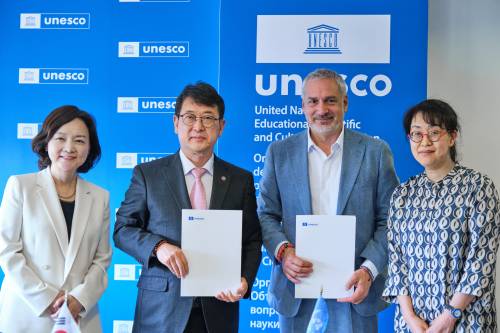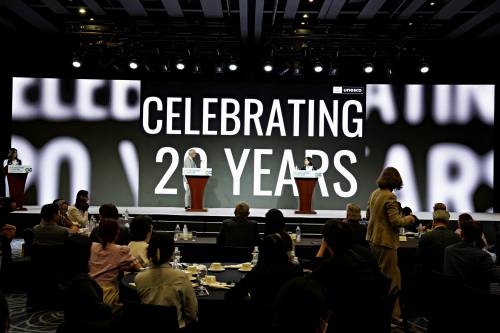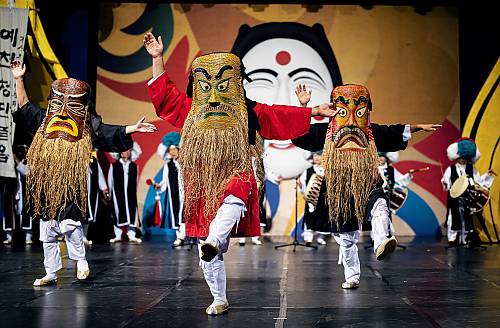Everything is ready to receive participants and guests for the second edition of dialogues on the safeguarding of Intangible Cultural Heritage (ICH) in the Northeast Asia sub-region, with a focus this time on media engagement. The meeting to be held this week from 10 to 12 October in Ulaanbaatar, Mongolia, is a positive affirmation of all five countries’ (Democratic People’s Republic of Korea, Japan, Mongolia, People’s Republic of China and Republic of Korea) resolution to foster constructive intangible cultural heritage safeguarding methods following their unanimous ratification of the UNESCO 2003 Convention for the Safeguarding of the Intangible Cultural Heritage.
UNESCO Beijing Office, in coordination with the Mongolian National Commission for UNESCO and the International Information and Networking Centre for Intangible Cultural Heritage in the Asia-Pacific Region (ICHCAP, a category 2 centre under the auspices of UNESCO), will host the event which aims to reckon the significant role of the media with national authorities to raise public awareness and appreciation of intangible cultural heritage. Participants comprise of two delegates from each Member State in the Northeast Asian region, representatives from UNESCO Beijing Office and the Mongolia National Commission for UNESCO, the three category 2 centres in the field of intangible cultural heritage from the region (ICHCAP, CRIHAP and IRCI), two international media experts and a number of local stakeholders in Mongolia.
The actions to take place during this meeting intend to implement UNESCO’s mandate to encourage international dialogue and social cohesion through intangible cultural heritage for peaceful and sustainable development. A line up of activities for the event include an experience sharing session provided by field experts on the extent to which media can be utilized to raise awareness about a country’s living heritage, as well as a dialogue on building media networks within and across the region in support of this same goal.
10 October 2016




